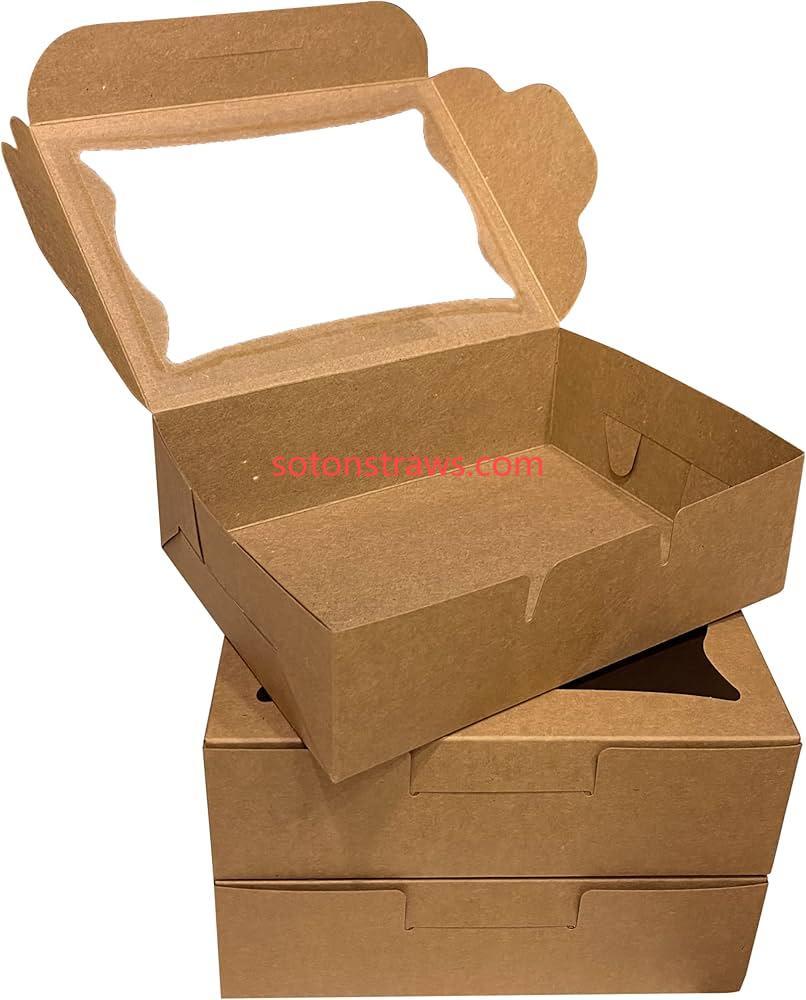It seems straightforward enough: a sturdy, brown container arrives with your meal, projecting an aura of rustic, no-fuss simplicity. Yet, the modern disposable kraft box is a marvel of material science, designed to perform a tricky task — holding saucy, oily, or moist food without becoming a soggy, collapsing mess. This is where the great debate begins, centered on the hidden interior that does the heavy lifting. Many assume that because the outer shell is plainly biodegradable, the entire package shares the same earth-friendly qualities, but the reality is often more nuanced. The lining inside, crucial for preventing leaks and grease stains, is the focal point of environmental scrutiny environmental scrutiny. Is it a clever plant-based barrier or a thinly disguised layer of plastic? The answer is not universal and depends entirely on the manufacturer's choices and commitment to genuine sustainability.
These liners exist on a broad spectrum. On one end, there are laminations involving polyethelene or other petrochemical-based films. These linings are exceptionally effective at their job but render the entire package unsuitable for composting or paper recycling, directing it straight to a landfill. Then, there are more innovative aqueous-based barriers. These coatings are derived from materials like corn protein or potato starch, creating a film that is both functional against grease and water and fully compatible with commercial composting facilities. Another frontier involves bio-polymers, which are plastics derived from renewable biological sources rather than fossil fuels. While this is a step in the right direction, their breakdown still requires specific conditions that backyard compost piles cannot provide. Recognizing the difference requires moving beyond the “kraft” exterior and investigating the manufacturer’s stated specifications for the inner layer.
The confusion is compounded by labeling. Terms like "plant-based" or "eco-friendly" are widely used but loosely defined. To find the truth, one must look for specific, third-party certifications related to compostability. These logos are awarded after rigorous testing to ensure the material breaks down into non-toxic components within a defined timeframe. Without these verifications, a seemingly virtuous disposable kraft box could unknowingly contribute to plastic pollution if the liner does not decompose in tandem with the paper shell. This misalignment defeats the core purpose of opting for a paper-based solution in the first place. The most transparent companies will clearly state the composition of the liner and provide clear disposal instructions disposal instructions, empowering the consumer to make the correct end-of-life decision.
Making the right choice ultimately boils down to trusting the source. Companies that are genuinely invested in circular solutions prioritize open communication about their materials over vague marketing language.
This commitment to radical transparency is what drives us at Soton. We believe your sustainability efforts shouldn't be undermined by hidden plastics. That’s why our disposable kraft box products utilize certified, commercially compostable liners and bear clear disposal guidance. With Soton, you are not just choosing a container; you are endorsing a full lifecycle of responsibility.Click https://www.sotonstraws.com/product/ to reading more information.



